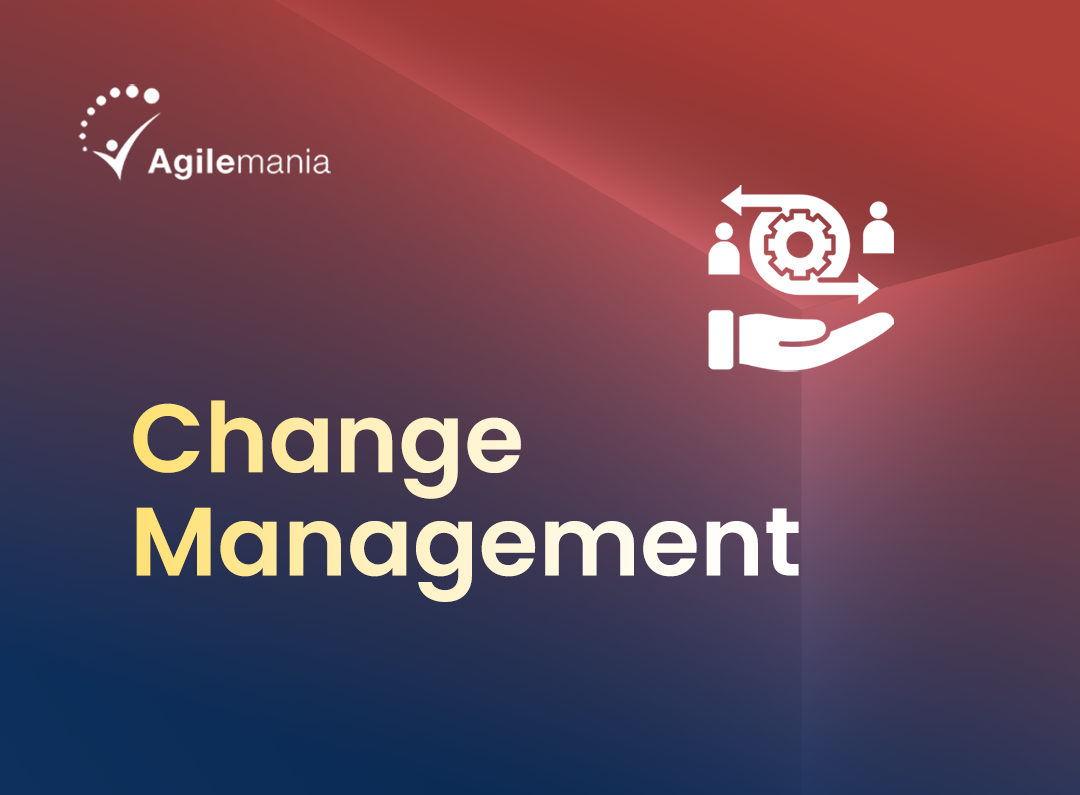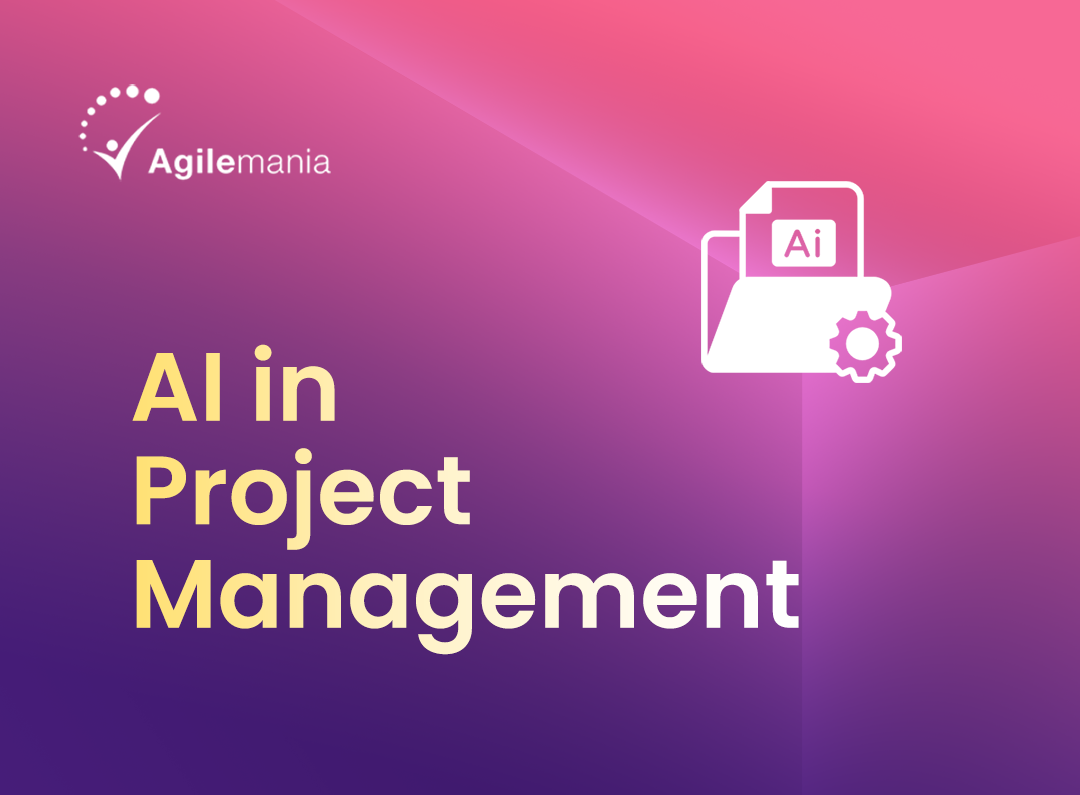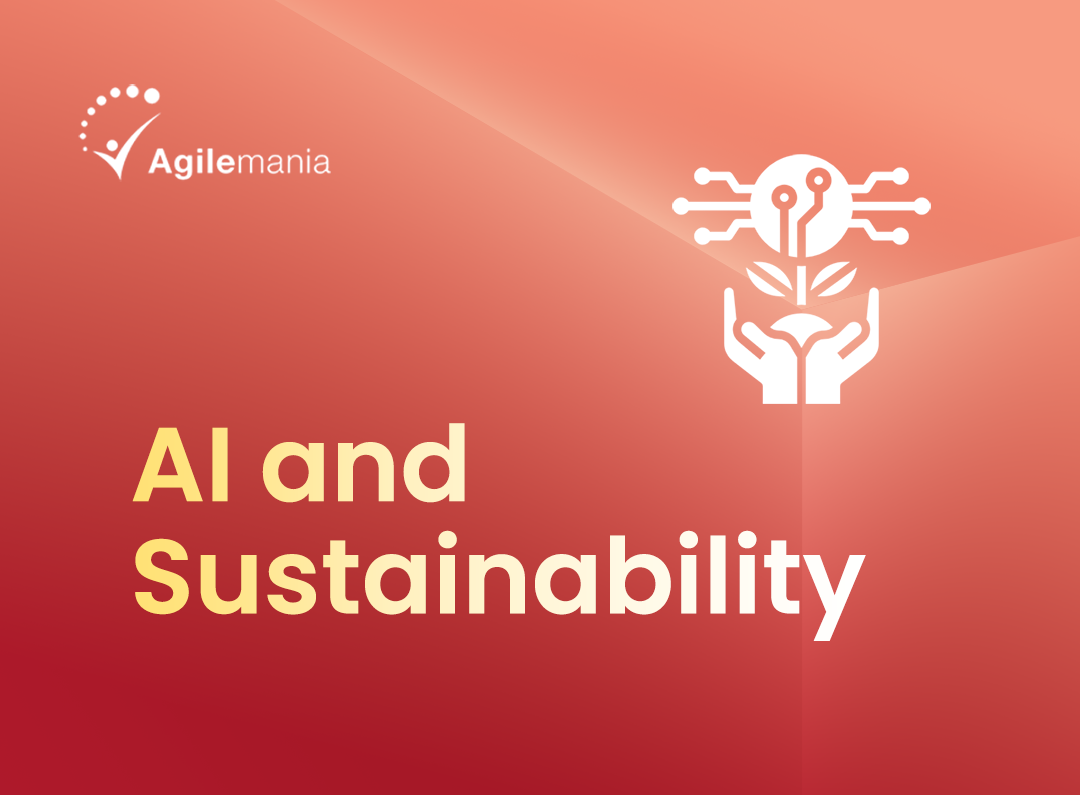Did you know that poor requirements management is cited as a factor in 47% of project failures?
According to the Project Management Institute, this critical oversight can lead to missed deadlines, ballooning budgets, and unsatisfied stakeholders.
In the fast-paced business world, where every decision counts, how you document business requirements can make or break your project’s success.
This blog will explore how meticulous, clear, and well-structured documentation is the backbone of successful projects. It ensures everyone is on the same page, minimizes misunderstandings, and provides a clear roadmap from concept to completion.
In the competitive landscape of today’s business world, getting your ideas down in writing isn’t just a formality—it’s a strategic advantage.
Dive into our blog, where we reveal the best practices for precisely capturing business requirements.

Curious about how to gather the right project requirements? Read The Essential Guide to Requirement Elicitation in Business Analysis to learn more!
Read MoreWhat Is a Business Requirements Document?
A Business Requirements Document (BRD) is a comprehensive guide to understanding what a business does and why a particular project deliverable is needed. It outlines the necessary business solutions the project must address to deliver value, forming the cornerstone of the project’s lifecycle.
The BRD clearly defines the project's expected outcome. If any change requests arise, the document must be updated to incorporate them, ensuring that the project stays aligned with its goals.
The primary objective of a BRD is to illustrate how the system will function from a business perspective.
It covers the business and technical solutions required for the project, helping to answer what the business needs and how the project will be executed. The document includes a prioritized list of features and requirements that the final software, product, or service must fulfill.
Consider the BRD as a roadmap that outlines the necessary steps to achieve a result that meets the needs of both customers and stakeholders.
The project team collaborates to determine the best way to implement the project, while stakeholders must approve the plan before moving forward. This ensures everyone is aligned and the project is set up for success.

Boost your skills with our Business Analysis Fundamentals Training at Agilemania. Learn core techniques, tools, and Agile practices to excel in your business analysis role.
Enroll Now!3 Things to Consider When Writing Business Requirements
When writing a Business Requirements Document (BRD), the process begins with gathering input from stakeholders and your team to understand their expectations clearly. However, this is just the beginning. Here are some crucial best practices to follow when drafting your BRD:
1. Start with Comprehensive Requirements Gathering
The first step in creating a BRD is thorough requirements gathering. This involves identifying all the requirements for the project from start to finish. Consider the project’s duration, the key participants, and any potential risks that might arise. A comprehensive understanding of these elements is essential for a successful project outcome.
2. Distinguish Between Business Requirements and Functional Requirements
It’s important to differentiate between business requirements and functional requirements. Business requirements define what needs to be achieved, such as the project’s goals and their significance to the organization. On the other hand, functional requirements detail how specific processes—whether handled by systems or individuals—should operate to meet these business goals.
3. Utilize a Stakeholder Matrix
Identifying stakeholders is critical to any BRD and should be done early. A stakeholder matrix is a valuable tool that helps you analyze stakeholders by considering their power level, influence, and interest in the project. Understanding these factors allows you to effectively address stakeholder needs and expectations, ensuring better alignment and project success.
Final Thoughts
Effective requirements management is not just a technicality; it's a fundamental aspect of project success. Poorly managed requirements can lead to significant project failures, resulting in missed deadlines, budget overruns, and dissatisfied stakeholders. However, teams can create a solid foundation for their projects by prioritizing meticulous and well-structured documentation.
A comprehensive Business Requirements Document (BRD) serves as a roadmap, guiding the project from conception to completion while ensuring all stakeholders align with the project’s goals.
By following best practices like thorough requirements gathering, differentiating between business and functional needs, and utilizing tools like the stakeholder matrix, you set your project up for success.
In a competitive business environment, clear and precise documentation isn't just beneficial—it's a strategic necessity that can be the difference between a project's success and its failure.
Are you struggling to keep stakeholders satisfied in your Scrum projects?
Discover proven strategies to manage stakeholder expectations and ensure successful project outcomes. Read the blog to learn more!
Read More































































































